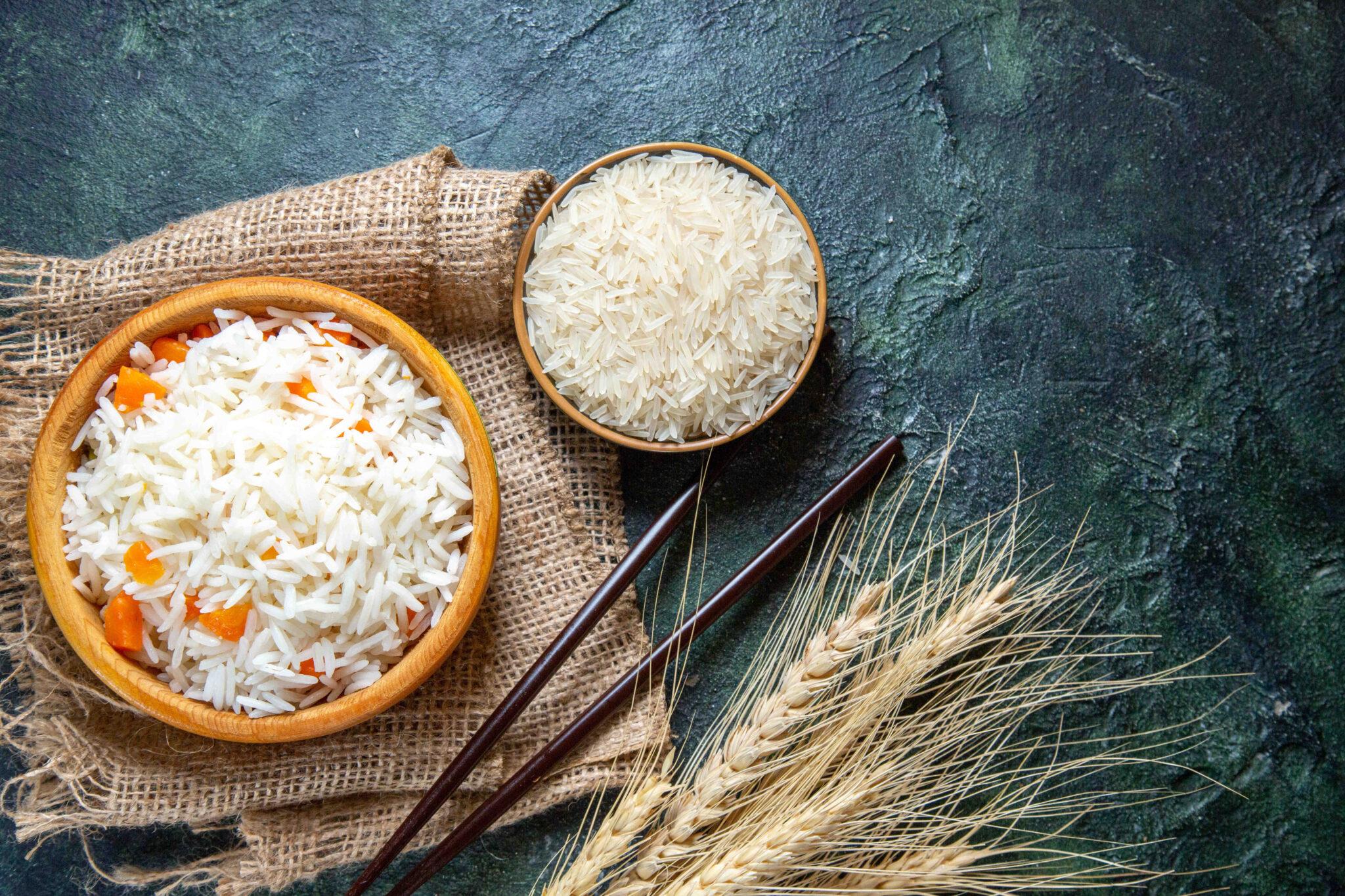Choosing Between Broken Raw Rice and High-Fiber Grains for Better Health

When it comes to making healthy food choices, grains are one of the first items to consider. They form the base of most meals across the globe, whether it’s rice, wheat, millet, or oats. However, not all grains provide the same nutritional value. A common debate today is about Broken Raw Rice vs High Fiber Grains: What’s Better for Your Health. To make the right choice, it’s important to understand their nutritional profile, health benefits, and how they impact daily lifestyle.
What Is Broken Raw Rice?
Broken raw rice refers to rice grains that have been fractured during the milling process. These broken grains are not inferior in quality but are usually more affordable than whole rice grains. They cook faster, are soft in texture, and are commonly used in porridge, idlis, and traditional dishes across Asia. Nutritionally, broken raw rice contains carbohydrates that provide quick energy but lacks significant amounts of dietary fiber, making it less effective for long-term health benefits compared to whole grains.
What Are High-Fiber Grains?
High-fiber grains include whole grains like oats, barley, millet, quinoa, buckwheat, and whole wheat. These grains retain their bran and germ layers, which are packed with dietary fiber, vitamins, minerals, and antioxidants. They are more nutrient-dense than refined grains and provide multiple health benefits such as improved digestion, weight management, and lower cholesterol levels.
Nutritional Comparison: Broken Raw Rice vs High-Fiber Grains
To understand Broken Raw Rice vs High Fiber Grains: What’s Better for Your Health, let’s compare their nutritional aspects:
-
Carbohydrates: Broken raw rice is mainly a source of simple carbohydrates, offering instant energy. High-fiber grains contain complex carbs that provide sustained energy throughout the day.
-
Fiber Content: Broken raw rice has low fiber, while high-fiber grains are rich in soluble and insoluble fiber, aiding digestion and gut health.
-
Vitamins & Minerals: High-fiber grains contain higher levels of magnesium, iron, B vitamins, and antioxidants compared to broken raw rice.
-
Glycemic Index (GI): Broken raw rice has a higher GI, which may spike blood sugar quickly, whereas high-fiber grains have a lower GI, making them suitable for diabetics.
Health Benefits of Broken Raw Rice
Even though high-fiber grains may appear superior, broken raw rice still has its own set of benefits:
-
Provides quick energy, especially useful for athletes or physically active people.
-
Easy to digest, making it suitable for children, elderly, and those with sensitive digestion.
-
Affordable and versatile in cooking traditional dishes.
Health Benefits of High-Fiber Grains
The benefits of high-fiber grains, however, are broader and long-lasting:
-
Digestive Health: Fiber adds bulk to stool and prevents constipation.
-
Weight Control: High fiber keeps you full for longer, reducing overeating.
-
Heart Health: Helps lower LDL cholesterol and supports a healthy heart.
-
Blood Sugar Management: Slow release of sugar prevents sudden spikes.
-
Gut Health: Acts as a prebiotic, supporting good gut bacteria.
-
Disease Prevention: Long-term consumption reduces the risk of diabetes, heart disease, and colon cancer.
Which Is Better for Your Health?
If your primary concern is long-term health, high-fiber grains are the better option. They provide more balanced nutrition, aid in maintaining a healthy weight, and reduce the risk of chronic illnesses. On the other hand, broken raw rice can still be a good choice when you need quick energy or want easily digestible food.
A balanced approach may work best—using broken raw rice occasionally while making high-fiber grains a staple in your daily diet ensures variety and overall wellness.
How to Include Them in Your Diet
Broken Raw Rice:
-
Use it for preparing porridge, khichdi, or idlis.
-
Cook light meals for people with weak digestion.
-
Mix with lentils for a protein-rich dish.
High-Fiber Grains:
-
Replace white rice with quinoa or brown rice.
-
Start mornings with oatmeal or barley porridge.
-
Use millet or buckwheat flour for chapatis.
-
Add barley or quinoa to soups and salads.
Final Thoughts
Both broken raw rice and high-fiber grains have their place in a balanced diet. However, for long-term wellness, high-fiber grains take the lead due to their superior nutritional content and health benefits. Choosing the right grain depends on your individual health goals—whether you need quick energy, easy digestion, or sustainable nutrition. By understanding the comparison of Broken Raw Rice vs High Fiber Grains: What’s Better for Your Health, you can make informed choices that improve your lifestyle, boost immunity, and promote long-lasting well-being.
- Vibnix Blog
- Politics
- News
- Liberia News
- Entertainment
- Technology
- Education
- Art
- Causes
- Crafts
- Dance
- Drinks
- Film
- Fitness
- Food
- Games
- Gardening
- Health
- Home
- Literature
- Music
- Networking
- Other
- Party
- Religion
- Shopping
- Sports
- Theater
- Wellness



